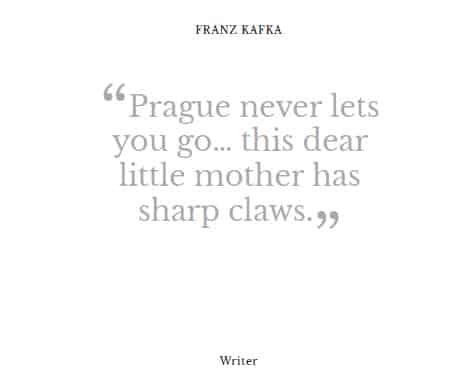
Why were our cards created in Prague?
Mysticism meaning and alchemy. You’ve probably noticed that “Evina Cards” mentions two cities – London and Prague.
The reason is that we work in both London and Prague. But we created the cards only in Prague. Why? Prague is an exceptional, mystical, and magical city that is charged with energy. We wanted to take advantage of the undeniable magic nature of Prague and channel its positive cosmic energy into our cards, similarly to how the ancient Egyptians used magical skills to channel the power of the stars into statues and other objects.
A respectful relationship with nature is highly important to us, which is why we contacted an ecological producer of cards located in Italy, the source of the oldest historical records that mention cards, so that the circle would be complete.
You can get a quick idea of mystical Prague from several short quotes.
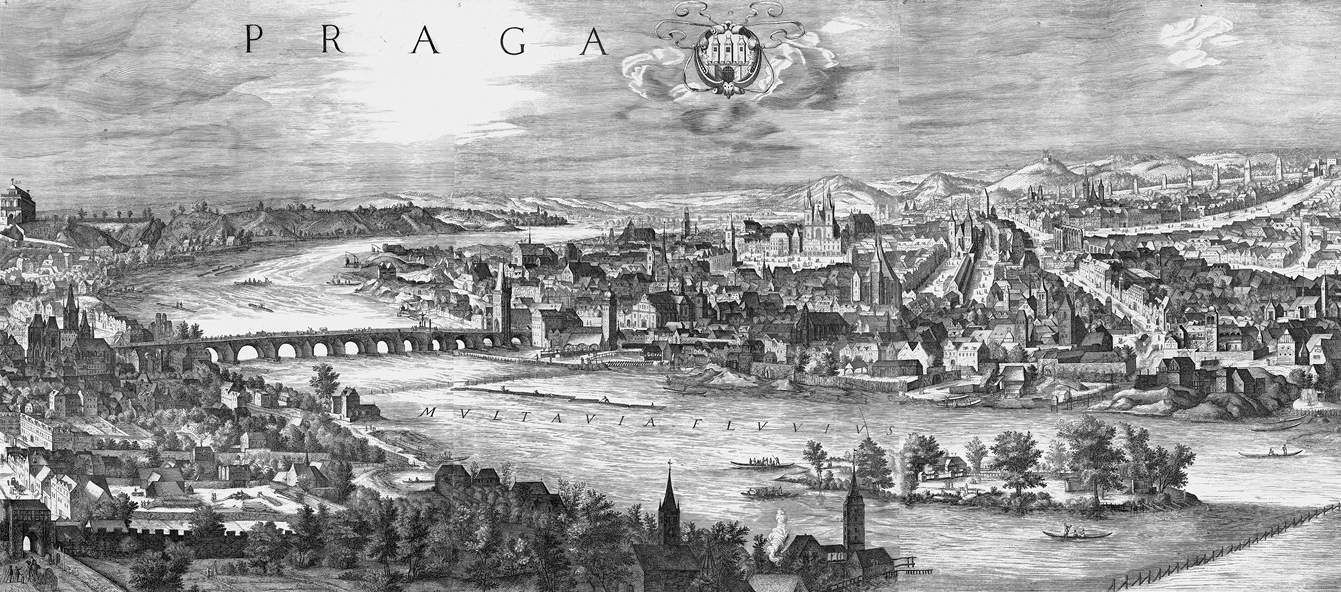
What is mysticism? Define mysticism. Mysticism definition.
Carte Oracle intuitive
Carte Oracolo del Mistero della Vita

Magical Prague
Ancient tradition says that there is a mythical, holy place on Earth where the City of Prague will be built, based on the Indian expression Pragya Deva Pragya, which means a Meeting of the Gods, which will become the centre of a revivalist movement for the world’s history in the sense of spiritual development.
Prague has long been considered a magical and one of the most mystical Medieval capital cities in Europe. It was the seat of Czech kings and Roman emperors Charles IV and Rudolf II, who both had special respect for mysticism. In the fourteenth century, Charles IV wanted to create a “New Jerusalem” in Prague by building the city based on holy geometry. Under Rudolf II, sixteenth-century Prague was transformed into Europe’s main centre of education, mysticism, and art.
Prague is the City of a Hundred Spires and is full of energy. At the beginning of the nineteenth century, the mathematician Bernardo Bolzano counted 103 spires. Today, it is said that Prague has more than 500 spires plus thousands of little towers on apartment houses.
Each spire or little tower resonates with energy and has a favourable effect on its surroundings. It radiates excess energy and creates harmonic flows of cosmic forces. It is no accident that mystical Prague is the “heart” of Europe, where energies of the cosmic principle meet and resonate with each other. People feel Prague to be magical and like to return.
Prague is full of fables and ancient mysticism intertwined with this city from ancient times up to the current day.
The Charles Bridge is an important, magical spot shrouded in mysterious legends. Its unique architecture featuring baroque statues, combined with morning mists, gives it a literally magical atmosphere. The moment the bridge’s cornerstone was laid is known down to the minute. This magical time was determined by the court astrologers of Czech King and Roman Emperor Charles IV, who was a mystic of his time. Construction began in 1357, on the 9th of July, at 5:31. This moment coincides with the magical numerical sequence 1-3-5-7-9-7-5-3-1, which was also accompanied by a favourable astrological constellation – the conjunction of the Sun and Saturn. Each year, on the day of the summer solstice, exceptional scenes occur. At noon, a statue of a lion on the Bridge Tower casts its shadow on the coat of arms bearing the St. Wenceslas Flaming Eagle, and in the evening, when looking from the tower, the sun sets precisely behind St. Vitus Cathedral on the Prague castle, creating a magical connection.
The astronomical clock on Old Town Square is another item on the long list of Prague’s mysteries. The existence of this medieval astronomical clock is documented back to 1410. Its creators made not only a clock, but also machines that show the movement of the Sun, Moon, and the Zodiac, a machine that moves statues of the apostles, etc. Legend says that if the astronomical clock is damaged or stops, a catastrophe will arrive. The last time the astronomical clock stopped was in 2001, an hour before midnight on New Year’s Eve. In August of the following year, Prague suffered a destructive thousand-year flood.
The Jewish town of Josefov is an inseparable part of Prague. The Old New Synagogue, built in 1270, is one of the oldest synagogues in Europe. A Kabbalah legend says that it was built by angels from stones they brought from Solomon’s Temple in Jerusalem. Rabbi Loew, known as the “Maharal of Prague”, founded and led a Talmudic school here in the sixteenth century, and his name is linked to the legend of the Golem of Prague.
The Prague Castle, the ancient seat of Czech rulers and in more recent times Czech presidents, is the largest castle complex in the world. It is without a doubt one of the most mystical places in Prague, shrouded by a number of mysteries.
One mystical tale mentions the “House at the Last Lantern” at the end of the Golden Lane, which is said to contain the “doorstep” to a parallel, magical Prague.
During the reign of Emperor Rudolf II, the Prague Castle hosted hundreds of important thinkers and scholars of the day.
For all astronomers, astrologers, alchemists, magicians, Rosicrucians, as well as painters, sculptors, physicians, philosophers, and mathematicians, Rudolf’s court became a safe haven and creative environment.
Rudolf II loved art. The quality of works of art was paramount to him, and so his collection featured works by famous artists such as Leonardo da Vinci, Raffael Santi , Paolo Veronese, Pieter Brueghel, Lucas Cranach, Hans Holbein , Jacopo Tintoretto, Albrecht Dürer, Pieter Brueghel, Tiziano Vecelli , Hieronymus Bosch, and others.
His collections also contained pieces by Rudolf’s court artists devoting themselves to allegorical and mythological themes such as paintersGiuseppe Arcimboldo, Hans von Aachen, Hans Hoffmann, Bartholomeus Spranger, Joseph Heintz , Pieter Stevens, Roelandt Savery, Joris and Jacob Hoefnagel, sculptor Adrien de Vries, or engraver Egidius Sadeler.
To this day, the cellars of many centuries-old Prague houses still conceal the stored energy of ancient alchemical laboratories.
Magical Prague has not lost its mysterious, mystical magic, and every day attracts visitors from all corners of the world.
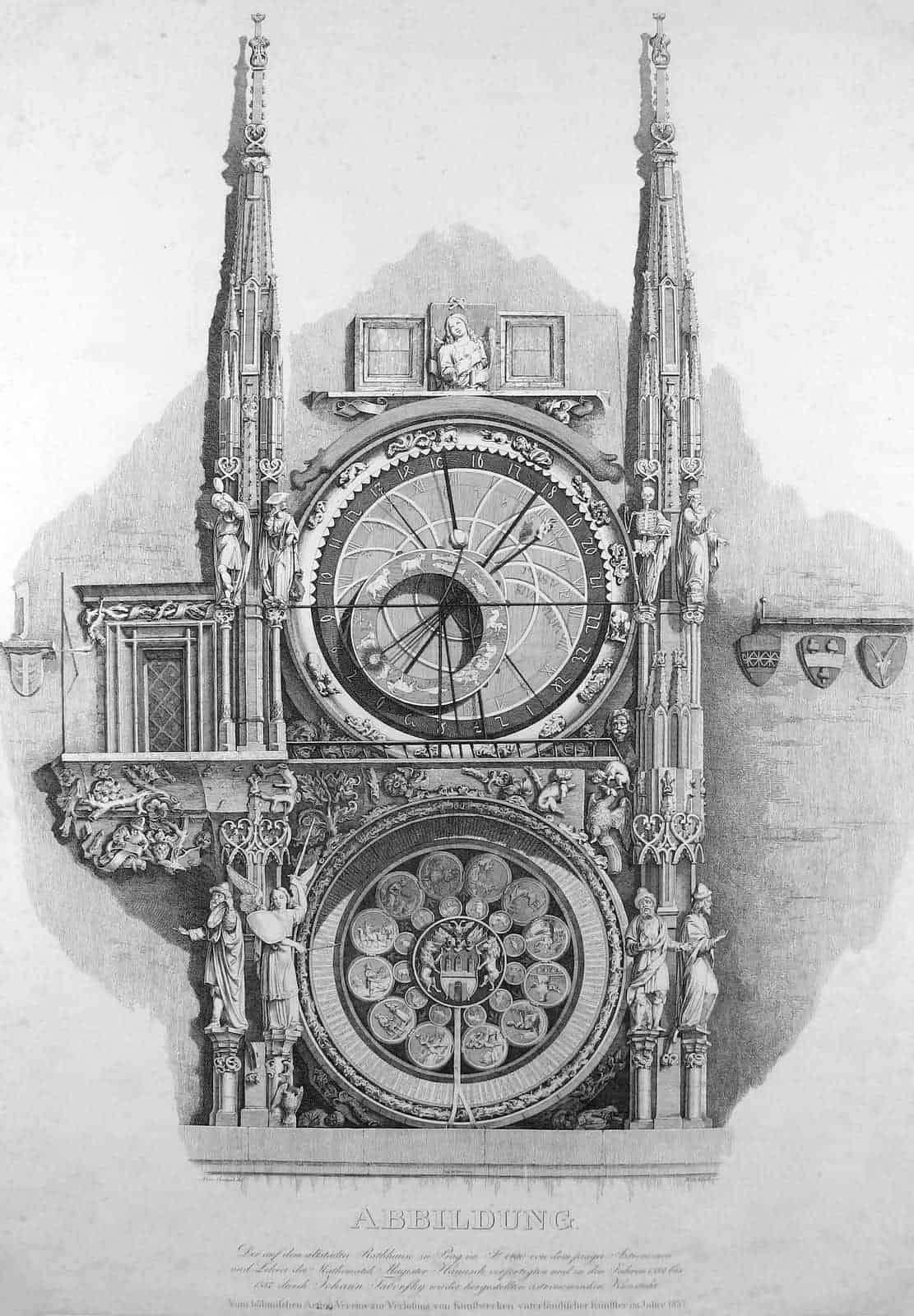
Alchemy mysticism. Alchemy and mysticism. Mysticism symbols.
Carte Oracle intuitive
Carte Oracolo del Mistero della Vita
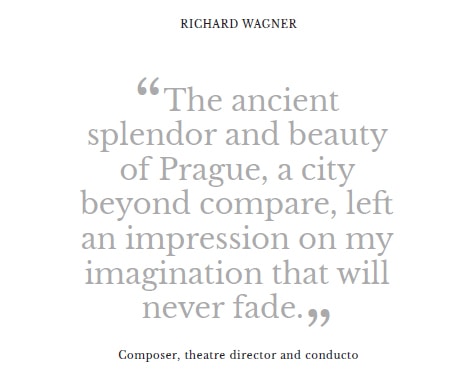
Alchemists and Astrologers in Prague
… and London
In the previous chapter we explained why we created the cards in Prague. But we haven’t forgotten about London. Sixteenth-century Prague and London have a surprising amount of things in common.
Alchemy
Alchemy was an ancient philosophical and esoteric science that enjoyed great interest in Medieval Europe, and reached its peak in the second half of the sixteenth century during the reign of Czech King and Roman Emperor Rudolph II and Queen of England and Ireland Elizabeth I.
To fully understand their interest in alchemy, we have to know that alchemy is not merely a science that deals with metals, making gold, or elixirs of life.
Making gold was not at all important to the great thinkers of alchemy. Through understanding the properties of the elements, they tried to find analogous laws for transformations of the soul.
For this reason, alchemy doesn’t use scientific language as we define it today, but rather symbolic and allegorical language, language that is hard to understand, ambiguous, but full of symbolic meaning. The goal of these scholars was to make language as obscure as possible, to avoid persecution by the Church while ensuring that it also could not be understood by “makers of gold”.
Only educated and intuitive individuals could learn the language and be privy to its secrets in order to find solutions to metaphysical problems.
Astrology
Astrology is based on the principle of synchronicity and examines the relationship between positions of heavenly bodies in relation to earthbound phenomena. It describes tendencies and creates symbolic systems and teachings to mediate this relationship. Western astrology, along with alchemy and magic, is classified as a Hermetic discipline based on the unity of the macrocosm (the universe) and the microcosm (man).
Important astrologers include Michel Nostradamus, whose encoded prophecies are still being studied today, Paracelsus, who practiced astrology along with alchemy and also established the foundations of modern medicine, Agrippa, who in 1534 incorporated Hermetic knowledge, astrology, and magic into his Occult Philosophy, and physician, alchemist, Rosicrucian, and master of the arts, Robert Fludd.
The Elizabethan and Rudolfian Era
Elizabeth I and Rudolf II ruled during the sixteenth century. The common denominator of these two important rulers was their interest in alchemy and astrology.
During this time, important scholars were present in both courts, whose mutual relations were undisturbed by Europe’s political situation. Tense relations between the Catholic King Philip II of Spain and England’s Elizabeth I, who supported the French and Dutch Protestant resistance to Spanish rule had no impact on relations with Emperor Rudolf II, who avoided conflicts and in political matters tried to be neutral, though the Habsburgs were linked to Spain by marriages.
Roman Emperor Rudolf II, King of Bohemia and Hungary, important patron and supporter of alchemy and the hermetic arts, was born in 1552 in Vienna. In 1583, like Charles IV before him, he moved the imperial court to mystical Prague. Since then it is called “Magical Prague” or the “Golden City”. Prague was home to the most prominent scholars and artists. The Rudolfian era helped learning flower and Prague became the spiritual and cultural centre of Europe.
German poet Sigmund von Birken said the following: “The thirty-seven years of his rule were golden years of peace, joy, and prosperity. His court became a true sanctuary for muses, scholars, and artists, especially painters and astronomers, for whom the emperor was not only the kindest patron, but also a learned associate.”
His contemporary was the nineteen years older Queen of England and Ireland Elizabeth I, born in 1533. This remarkable monarch ruled for a long 45 years, until 1603.
Queen Elizabeth I, the last Tudor monarch, had been encouraged from a young age by her governess, Kat Ashley, to study mathematics, astronomy, geography, history, French, Flemish, Italian, and Spanish, as well to ride horses, play music, and dance.
A suitable date for her crowning in 1558 was calculated by her close adviser, astrologer, mathematician, and alchemist John Dee.
From the beginning of her monarchy, which today is called the “Elizabethan Era”, she had to address many problems: the schism in the Church, poverty and injustice for the majority of the population, a decline in trade, and debts. She searched for solutions to these serious problems in, among other things, the prophecies and astrological calculations of John Dee.
Italian scholar Giordano Bruno wrote the following in his Dialogues from the year 1584: “Few among those who wield the sceptre of power are her equals in terms of mature judgment, wisdom, deliberation, and governing power. In art, knowledge of the sciences and of languages spoken by people and scholars in Europe, she is so excellent that the entire world can judge her place among other monarchs.”
R. J. L. Kingsford wrote: “During the rule of Queen Elizabeth, the land came alive with alchemists; the Queen without a doubt supported and trusted them. Hand in hand with alchemy, astrology, fortune-telling, and other spheres of magic flowered.
John Dee
English alchemist and astrologer John Dee (1524-1604) was from an old noble family. He was a highly respected mathematician, astronomer, astrologer, alchemist, and a trusted advisor to the Queen of England, Elizabeth I. He became a professor of mathematics and geometry at universities in Cambridge and Paris. Aside from texts on astronomy and mathematics, the more than 4000 volumes in his private science library, at the time the largest in Europe, also included texts on astrology and alchemy.
According to the rules of astrology, he calculated the most suitable day for the coronation of Elizabeth I, and was requested to provide advice in questions of politics and government as well as questions of health and personal life.
He began to be negatively affected by his dependence on pharmacist Edward Kelly, who was increasingly enticing John Dee to participate in spiritualistic experiments instead of trying to fulfil his wishes, which was to establish communication with good angels in a quest for knowledge.
In 1584 they set out on a journey to Prague. Emperor Rudolf II was well aware of John Dee’s education and wisdom, proof of which was a personal audience, which he granted only very rarely. However, two years later, after intrigues by the Papal Nuncio, who accused him of heresy and espionage, John Dee had to leave the royal court. He was then joined the court of William of Rosenberg (Vilém z Rožmberka), a great supporter of alchemy and the second most powerful man in the Bohemian Kingdom. After a serious falling-out with Kelly, the returned home to England in 1589. Kelley’s attempts to make gold for the emperor ended in a fiasco, and after an unsuccessful escape attempt, he committed suicide. In 1595 John Dee Queen Elizabeth I named John DeetheWarden of Christ’s College, Manchester. However, successor to the throne James I had no interest in Dee’s communication with angels, and John Dee died alone and forgotten.
Important scholars
The following were among those who were active at the royal courts in both London and Prague:
Paracelsus (1493, Einsiedeln – 1541, Salzburg) – alchemist, astrologer, and physician; Edward Kelley (1555, Worcester – 1597, Most) –occultist; Giordano Bruno (1548, Nola – 1600, Rome) – astronomer, astrologer, philosopher, hermetic, and mathematician; John Dee (1527, London – 1609, Mortlake) – mathematician, astronomer, alchemist, astrologer, and occultist;Michael Maier (1568, Rendsburg – 1622, Magdeburg) – physician, hermetic, alchemist, and Rosicrucian; Robert Fludd (1574, Bearsted – 1637, London) – physician, alchemist, and apologist for Rosicrucianism.
The court of Rudolf II hosted successful astrologers, such as:
Tycho Brahe (1546, Knudstrup – 1601, Prague) – astronomer, astrologer, and alchemist; Johannes Kepler (1571, Weil der Stadt – 1630, Řezno) – astronomer, astrologer, and mathematician;Tadeáš Hájek z Hájku (1525, Prague – 1600, Prague) – astronomer, mathematician, alchemist, and physician.
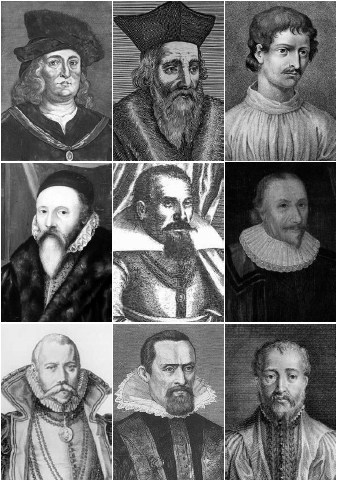
Jewish mysticism. Eastern mysticism. Christian mysticism.
Carte Oracle intuitive
Carte Oracolo del Mistero della Vita
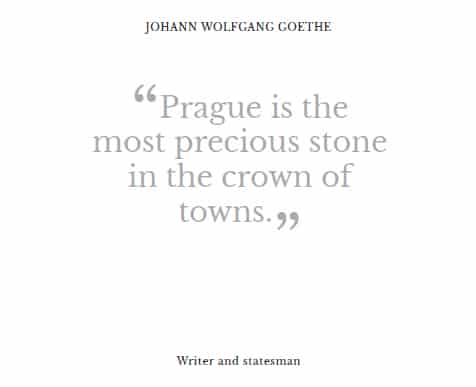
Prague and Jewish Mysticism
During the reign of Rudolf II in the sixteenth and seventeenth century, Prague experienced a “golden age”. Rudolph’s fascination with the Jewish population was an important milestone in the flowering of Prague’s Jewish Town, where synagogues were built, and Talmudic schools and the oldest Hebrew printing houses in Central Europe were established.
The prominent Horowitz family commissioned the construction of the Pinkas Synagogue and maintained good relations with the imperial court. Another important figure, Mordecai Maisel (1528-1601), merchant and Rudolf II’s banker, commissioned the High Synagogue, the Jewish Town Hall, the hospital, and mikveh (ritual baths), as well as paving the streets of the ghetto.
Even though Prague was not among the main focal points of Kabbalah, it also played an important role in the history of Jewish mysticism, as important Talmudic scholars lived in Prague since the twelfth century.
One of the greatest mysteries of the Rudolfian Era are secret meetings between Emperor Rudolf II and Jehuda Loew ben Bezalel (1525-1609).
Rabbi Loew, the “Prague Maharal” was a very prominent scholar of the time, who left a great religious, philosophical, and educational legacy. In 1553, at the age of 28, he accepted the position of as Landesrabbiner of Moravia at Mikulov, and twenty years on, in 1573, he was called to Prague, where as head rabbi he established and led a Talmudic school (yeshivah).
At the imperial court, books by Mirandola, Agrippa, Paracelsus, and other were being fervently studied. Scholars who knew Hebrew were charged with the analysis of Kabbalistic texts, which were especially attractive for Rudolf.
In Hebrew, Kabbalah means “tradition”, and the verb means “to accept based on tradition”. Kabbalah is an esoteric religious and mystical tradition and secret teachings on the true nature of our world and the universe that are encoded in holy Jewish texts that are passed on from generation to generation.
Perfect knowledge of Hebrew, where letters have numerical values and can be manipulated in various ways, lifelong study of the Torah and Kabbalistic texts shrouded in mystery fascinated non-Jewish scholars, who saw the Kabbalah as the key to God’s creation: finding a way to approach the unexpressed aspect of God, through the “sefirot”, and self-knowledge by descending inward.
It is highly likely that the main reason the meeting between Rabbi Loew and the emperor was Rudolf’s interest in Jewish Kabbalah. Emperor Rudolf II was known to take such an interest in the Kabbalah that he was willing to risk the displeasure of the Catholic Church over forbidden texts.
Part of a letter from Frederick ofWürttemberg to the emperor testifies to this: “What your Imperial Highness wrote me to Pilsen on 13 March concerning the Hebrew book I was to receive, I received it yesterday, and humbly express my thanks.”
The legend of the Golem
The apocryphal legend of the Golem of Prague, which is inextricably linked to Rabbi Loew, did not arise until after his death.
The Hebrew word “golem” means something unfinished. In Jewish mysticism, it means a statue that has been brought to life by someone.
According to the legend, the Golem of Prague was created from mud by Rabbi Loew with the help of three elements: fire, water, and air. The life-giving impetus was a “shem” with a special Kabbalistic formula placed on parchment into the Golem’s mouth. The Golem’s task was to protect the Jewish ghetto. He walked the streets and guarded monuments and the Jewish population. One Friday evening in 1593, Rabbi Loew forgot to remove the shem, and because the Golem hadn’t been given any useful activity to perform, he began to demolish the rabbi’s furniture. When the rabbi returned from the synagogue, he ordered the Golem to go up to the attic of the Old New Synagogue, where he then removed the shem and recited the secret formula backwards. The Golem disintegrated into dust. It was henceforth forbidden to enter the attic of the synagogue. In the eighteenth century, the first to violate this prohibition was Rabbi Landau, who returned from the attic shaken and pale, and without informing anyone what he had seen up in the attic, immediately again prohibited entry to the attic.
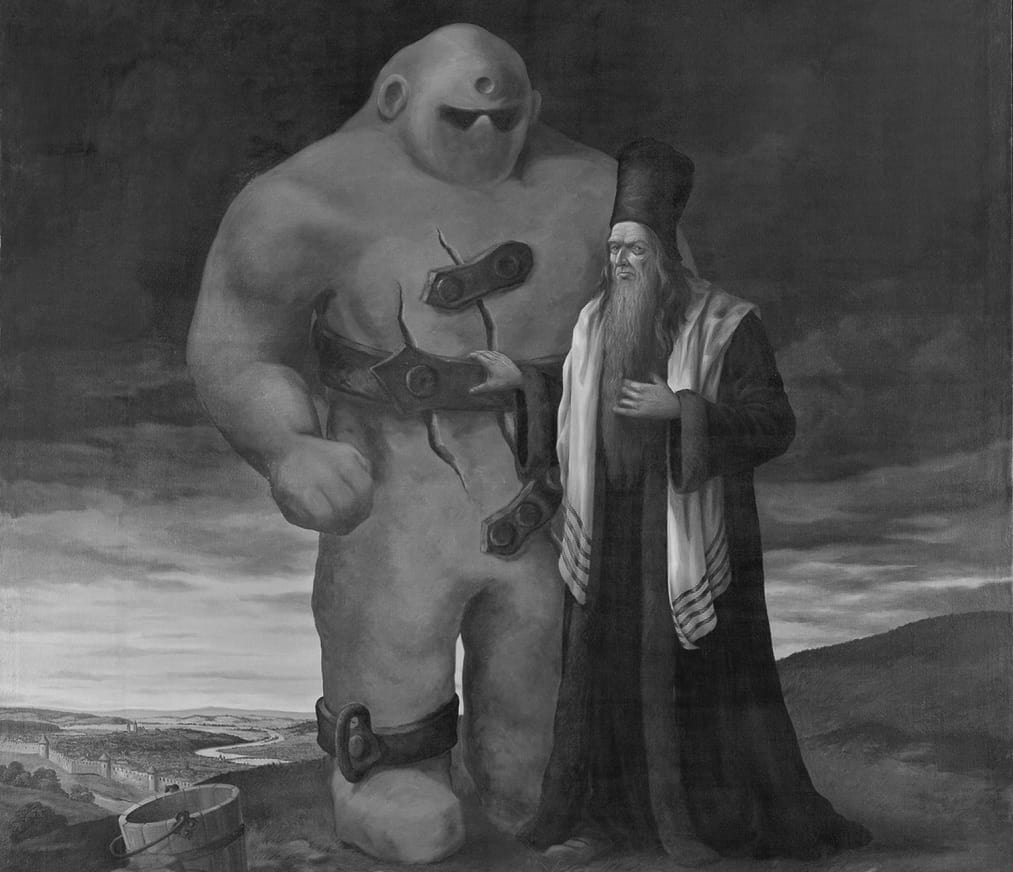
Carte magiche Lenormand
www.lenormand.org
